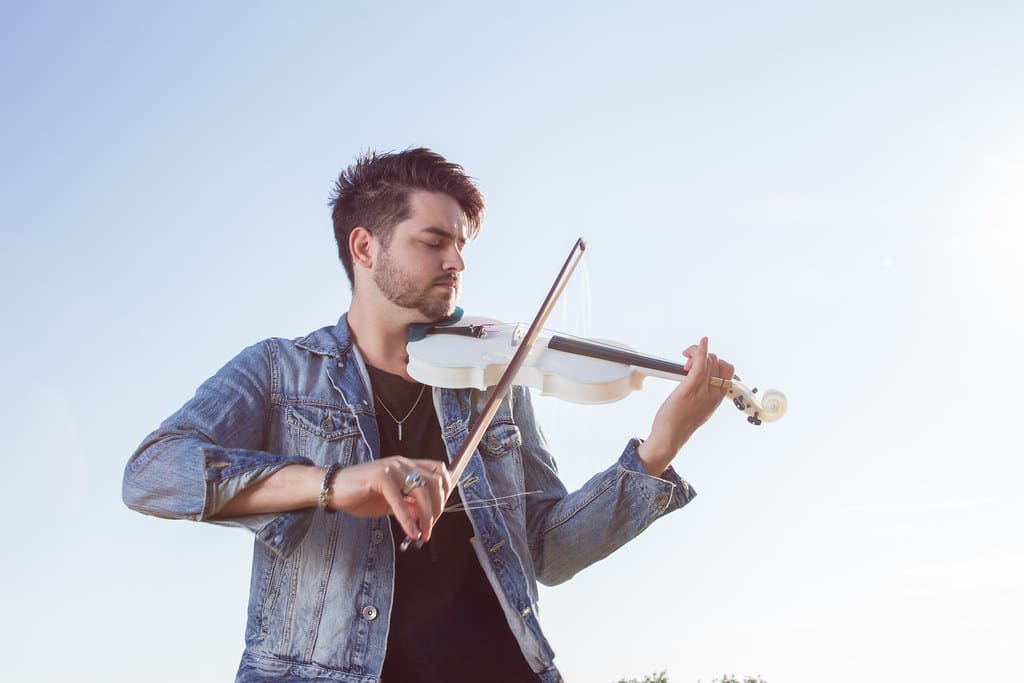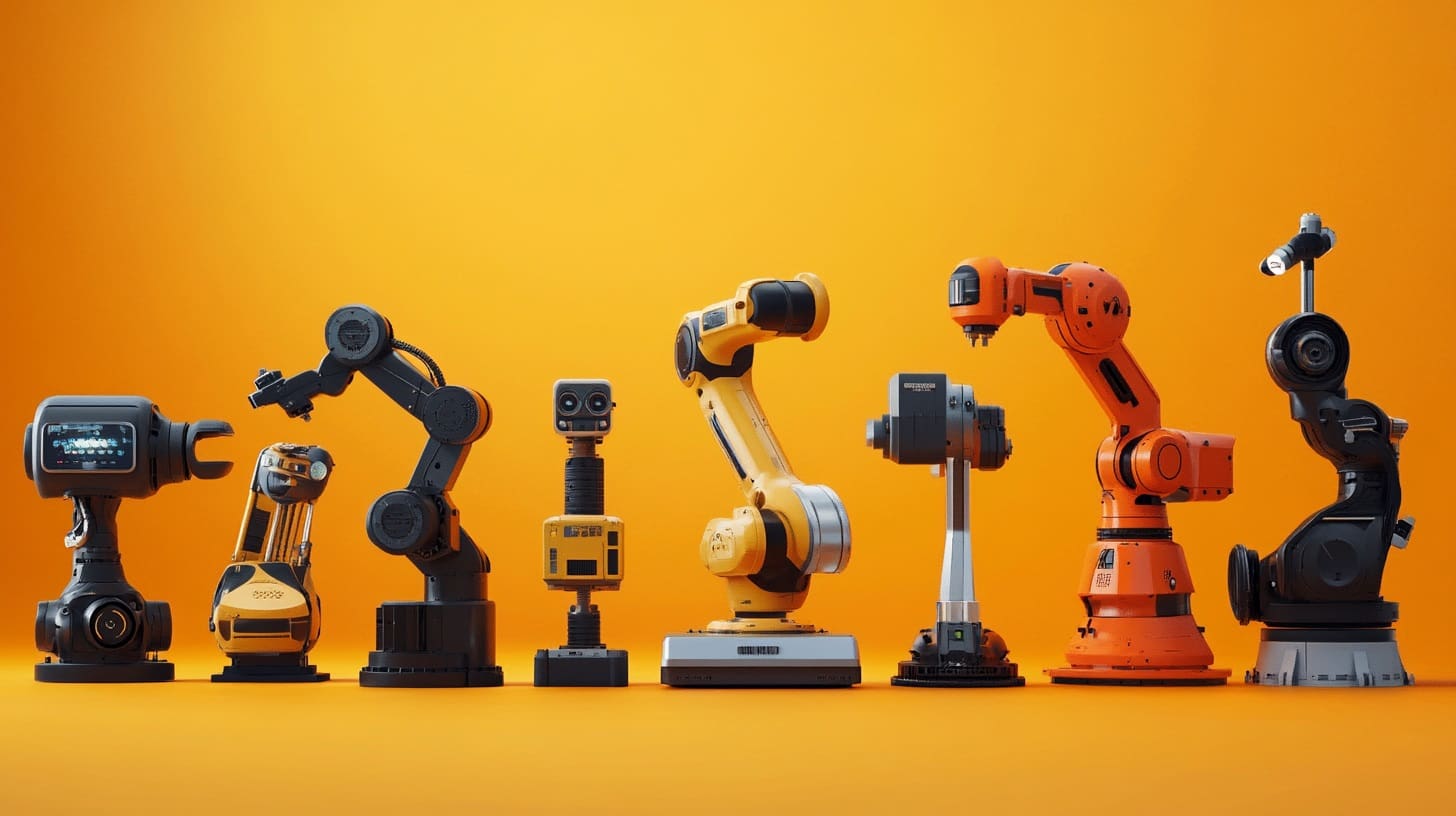Acoustics engineering, a field that combines science and technology to manipulate and control sound, is witnessing significant advancements through the integration of 3D printing. This innovative technology offers a groundbreaking approach to designing, testing, and manufacturing acoustic devices, from musical instruments to noise control systems. With 3D printing, acoustics engineers can achieve complex designs and customized solutions that were previously unattainable, enhancing both performance and functionality.
The Emergence of 3D Printing in Acoustics Engineering
Originally leveraged for rapid prototyping across various industries, 3D printing has evolved into a key manufacturing technique capable of producing high-quality, functional acoustic products. Advances in printer accuracy, speed, and material capabilities have allowed for the creation of intricate components necessary for precise sound manipulation and control. Today, 3D printing is not only used for creating prototypes but is also increasingly employed in the production of final products in the acoustics field.

Advantages of 3D Printing in Acoustics Engineering
Design Freedom: 3D printing allows for the creation of complex, intricate structures that can significantly improve the acoustic properties of devices. This is particularly beneficial for applications requiring precise control over sound waves, such as in the design of acoustic dampers and diffusers.
Rapid Prototyping and Testing: Engineers can swiftly design, print, and test various acoustic models, significantly speeding up the development process. This rapid iteration enables the fine-tuning of acoustic devices to achieve optimal performance.
Customization: With 3D printing, custom acoustic solutions can be created to meet specific needs without the high costs typically associated with traditional manufacturing methods. This is ideal for bespoke audio equipment, specialized architectural acoustics, and tailored noise reduction solutions.
Material Versatility: Modern 3D printers can handle a variety of materials, each offering different acoustic properties. Engineers can select materials that best suit their specific application, whether they need to maximize sound absorption, ensure durability, or maintain aesthetic qualities.
Key Applications of 3D Printing in Acoustics Engineering
Musical Instruments: 3D printing is used to produce unique musical instruments that offer new timbres and enhanced playability. Innovations include custom guitars, flutes, and violins with optimized resonant chambers that are difficult to craft by hand.
Speaker Systems: The design and production of speaker enclosures and components benefit greatly from 3D printing. Engineers can create geometrically complex designs that improve sound quality and system efficiency.
Noise Control Systems: Acoustic panels and barriers designed with 3D printing can be precisely engineered to target specific sound frequencies, improving the effectiveness of noise control solutions in industrial, commercial, and residential environments.
Hearing Aids and Earphones: Custom-fitted earpieces, essential for effective hearing aids and high-quality earphones, can be 3D printed directly from scans of a user’s ear, providing superior comfort and improved sound delivery.

Challenges in 3D Printing for Acoustics Engineering
Despite its benefits, 3D printing faces specific challenges in acoustics engineering:
Material Limitations: While there is a wide range of materials available for 3D printing, finding materials that meet all the desired acoustic, mechanical, and durability properties can be challenging. Ongoing research and development are needed to expand the material options suitable for acoustic applications.
Surface Finish: Many acoustic devices require smooth surfaces to achieve desired sound characteristics, and the layer-by-layer nature of 3D printing can leave a grainy finish that may negatively affect sound quality. Post-processing techniques are often required to achieve the necessary finish.
Scaling Production: While 3D printing is excellent for prototyping and small-scale production, scaling up to large volumes can be cost-prohibitive and logistically challenging with current technology.
Future Directions in 3D Printing for Acoustics Engineering
The future of 3D printing in acoustics engineering looks promising, with ongoing innovations likely to address existing challenges and broaden the scope of applications. Continued improvements in print resolution, speed, and material science are expected to enhance the quality and functionality of 3D-printed acoustic devices. Additionally, as interdisciplinary collaboration increases, novel applications combining acoustics with electronics and material science are anticipated to emerge.
3D printing is set to continue its transformative impact on acoustics engineering, offering novel solutions that enhance the design and performance of acoustic devices. As the technology advances, it will further empower engineers and designers to innovate and experiment with sound in ways that were once considered impossible, leading to advancements across music, entertainment, industry, and architecture.








